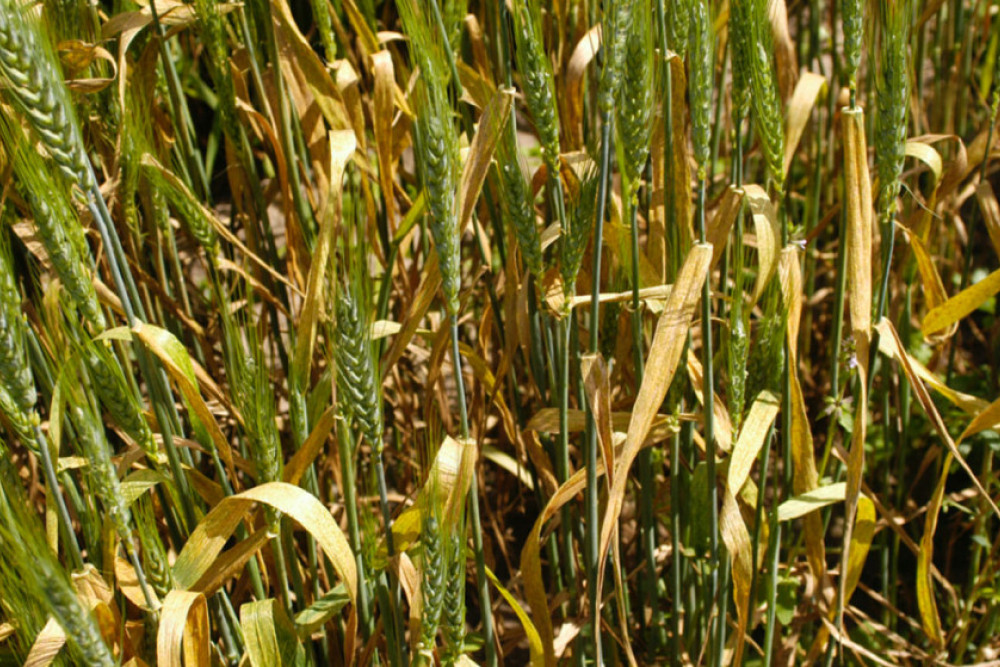Agricultural
17 March, 2022
Updated disease ratings prepare growers for high stripe rust risk
Experts are warning grain growers in eastern Australia about the high risk of stripe rust during the winter season.

According to the Grains Research and Development Corporation (GRDC), the wet summer conditions are creating the perfect storm for the disease.
Understanding the risk of disease facing certain wheat varieties, this resource helps growers develop appropriate management plans to minimise impacts.
Director of the Australian Cereal Rust Control Program Professor Robert Park said growers should be continually reviewing the updated disease ratings to determine a variety’s risk, as they could have changed from previous years.
“The disease rating is influenced by the pathotypes that were present in the 2021 season - pathotypes are the main driver of a variety’s response to rust,” he said.
“A wheat variety can be completely resistant to one pathotype and yet susceptible to another.
“It’s particularly important at this time of year that growers are reviewing the disease ratings for their regions and putting management strategies in place if needed.”
Senior Plant Pathologist at Agriculture Victoria Dr Grant Hollaway said growers who plan to sow susceptible varieties will need to consider early fungicide intervention this season to control stripe rust pressure.
“This season, given the high risks, growers with susceptible varieties are more than likely to get a return on upfront applications, such as flutriafol on fertiliser,” Dr Hollaway said.
“Reviewing the updated ratings gives growers an opportunity to understand their fungicide needs and gives them time to secure product ahead of the season.”
Professor Park said the risk of stripe rust causing yield loss was extremely high without proper management.
“The threat we’re facing this year has been exacerbated by the green bridge that’s been generated by the wet summer conditions - the opportunity for rust to survive on self-sown volunteer wheat that’s established due to all the rain is much higher,” Professor Park said.
“We’re anticipating if things stay wet, which forecasts have predicted, that upfront treatments will be crucial in delaying the stripe rust epidemic,” he said.
“If a variety is completely susceptible, and there’s early stripe rust infection, growers could face yield losses up to 50 per cent in the absence of any control measures.”
GRDC’s Northern Crop Protection Manager Vicki Green said the disease ratings provide annual reviews based on in-field assessments of disease across multiple trials across the country.
“When considering this year’s anticipated stripe rust risk, we want to encourage growers to
use our nationally standardised system to understand how their chosen varieties could perform in their region and to make more informed management decisions,” Ms Green said.
To find a full updated list of disease ratings for wheat varieties, visit the GRDC’s website at https://grdc.com.au/research/trials,-programs-and-initiatives/national-variety-trials


